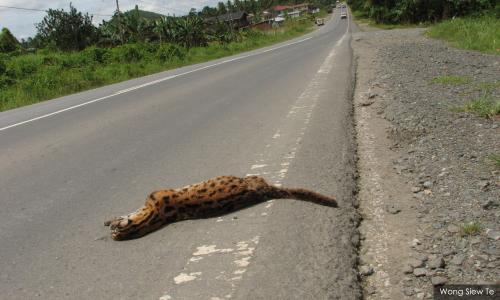COMMENT | Consider wildlife when building roads
COMMENT | New research by the University College Sabah Foundation (UCSF) adds to the growing scientific opinion that wildlife populations in Sabah may decline if more roads are built across key habitat areas.
This conclusion is underpinned by the observation that existing roads are already causing significant numbers of roadkill of endangered and protected species. If more roads are constructed in or around forested areas without careful consideration for wildlife ecology, the problem could be exacerbated.
Sabah relies heavily on its natural beauty and biodiversity to support tourism, which at RM8.5 billion is the third-highest contributor to Sabah’s economy after agriculture and manufacturing. The implementation of the Heart of Borneo initiative and commitment to protecting 30 percent of the state are some of Sabah's key commitments to ensure the sustainability of the tourism industry.
To advance socio-economic development, however, Sabah needs more roads for connectivity and the Pan-Borneo Highway (PBH) is often touted as a long-awaited answer. UCSF sees the need to contribute its expertise to the road planning process and has been investigating five major traffic corridors in Sabah since September 2020 so as to understand wildlife interactions with roads.
The traffic corridors examined were Sindumin–Papar–Tuaran, Kota Belud–Kota Marudu–Kudat, Tamparuli–Telupid–Sandakan, Kinabatangan–Lahad Datu–Tawau, and Tawau–Kalabakan–Keningau–Kimanis. Currently, the Pan-Borneo Highway project has planned routes across these corridors.
The data collection process was three-pronged. First...
RM12.50 / month
- Unlimited access to award-winning journalism
- Comment and share your opinions on all our articles
- Gift interesting stories to your friends
- Tax deductable
